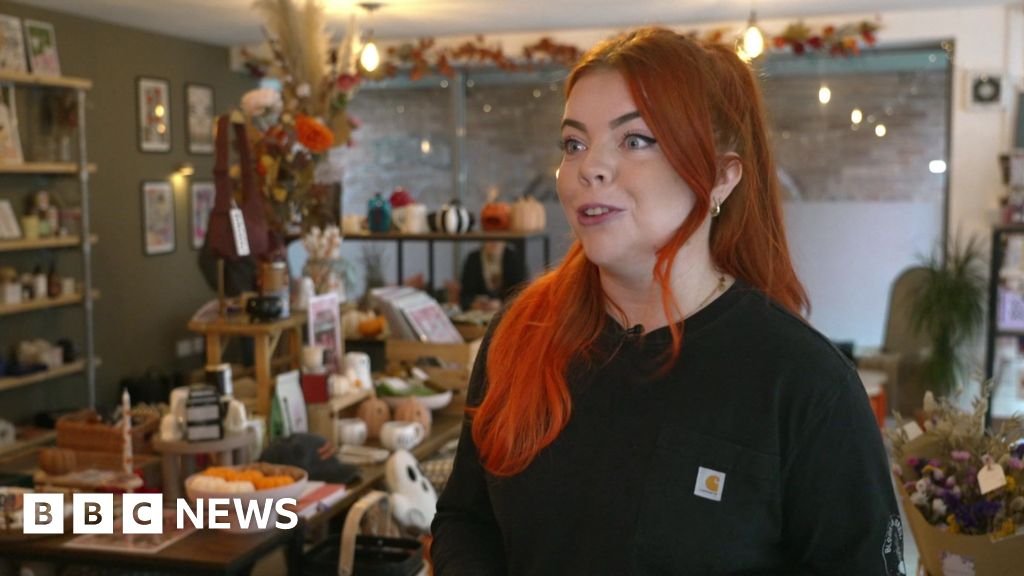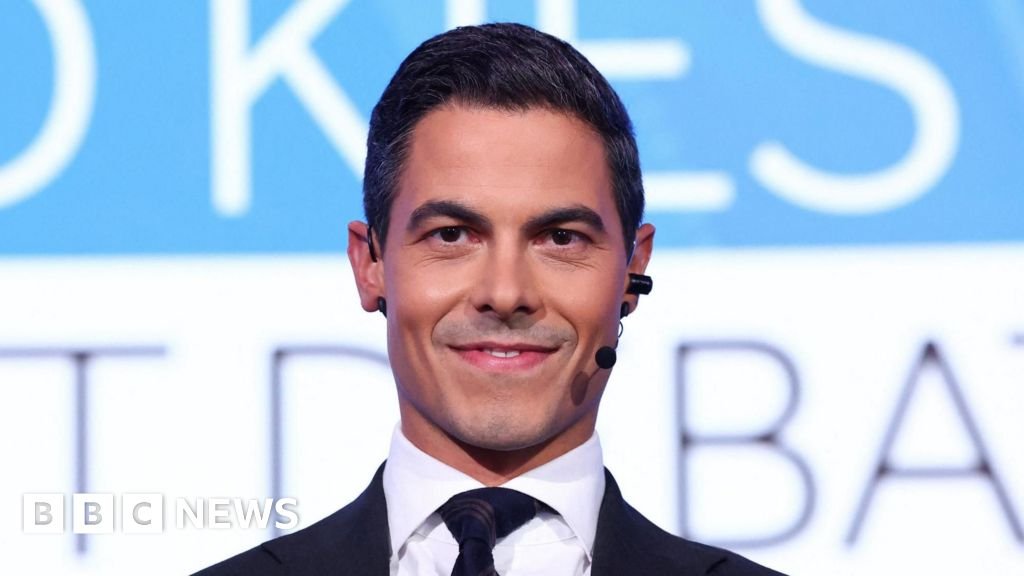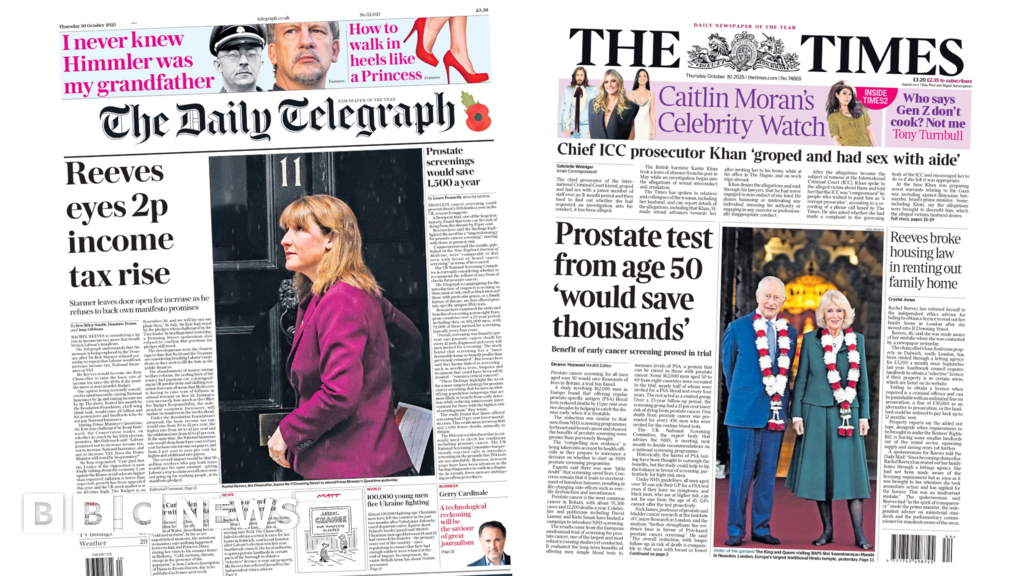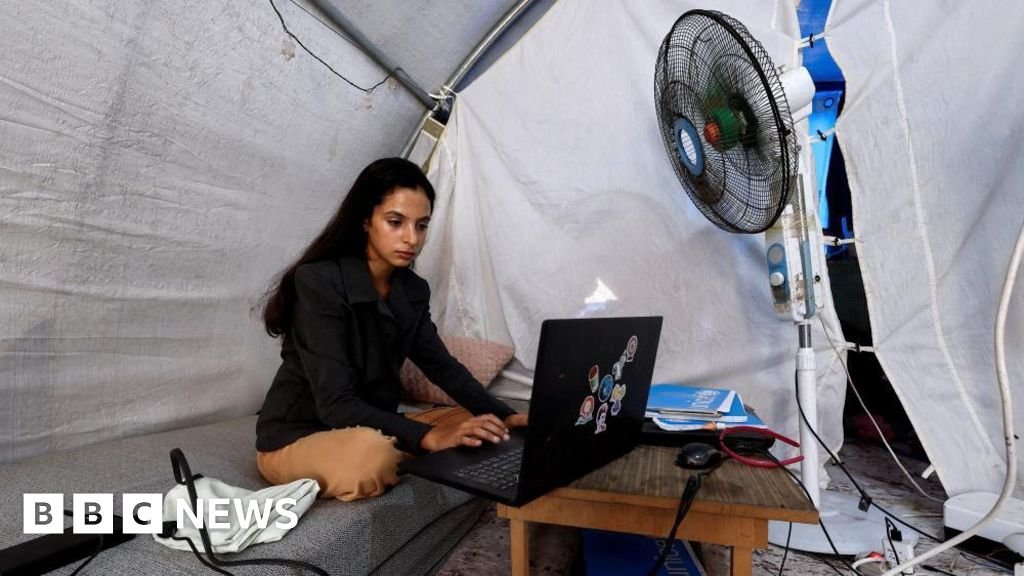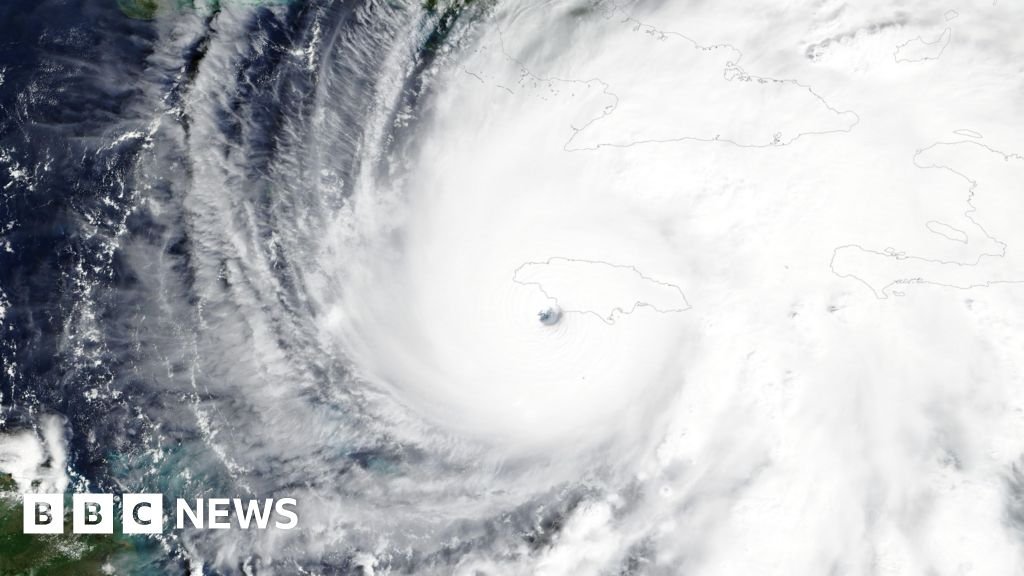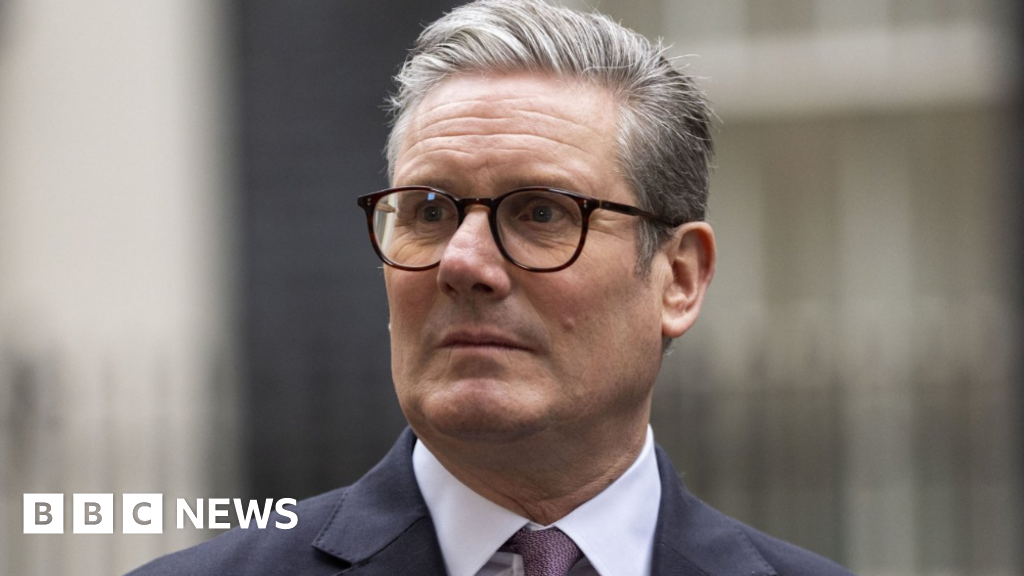Josh Martin,Business reporter and
Haider Saleem,Journalist
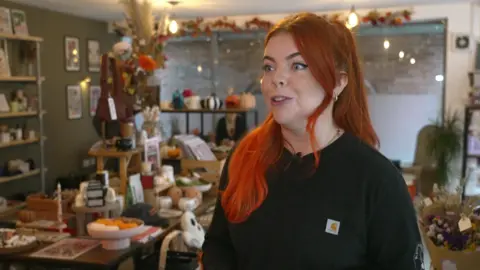 BBC
BBC“It’s been our busiest year yet for Halloween,” says cafe and gift shop owner Charlotte Brennan.
“People have been asking for pumpkin spiced lattes since August, so I feel like it’s getting earlier.”
Charlotte says as soon as shopping for back-to-school essentials was in the bag, she saw a switch to “cosy” autumnal spending.
And there is some data to suggest what Charlotte is seeing is a wider trend of Halloween spending creeping in long before 31 October.
More than £100m was spent on sugar confectionery at British supermarkets in the four weeks to 5 October – up 5% on the same period a year ago, according to data from Worldpanel by Numerator.
Its figures also suggest more than a million shoppers had already bought pumpkins from the supermarkets by the start of October, with sales totalling £1.4m in the four weeks prior, doubling the amount spent in the similar pre-Halloween period in 2023.
Charlotte, who owns Bloom & Brew in Ormskirk says Halloween is now her second-busiest time of year, after Christmas.
She says social media food and decor trends heavily influence what and when people buy for Halloween and on TikTok “the build-up starts in July”.
“For our sales, where previously it was just a two-week period from mid-October to the 31st, now it’s much longer – people want pumpkins and decorations.”
Ms Brennan says many of her customers bought one or two reusable decorative items for the season to build a collection, as they do for Christmas.
“When I was growing up, you’d get a couple of plastic throwaway items from the supermarket in the days before Halloween, and then they were binned,” she says.
Overall spending on Halloween hit £2bn two years ago and is predicted to grow again this year. In 2024, as many as 91% of people bought something Halloween-related, Worldpanel’s data suggests.
It’s too early for this year’s full Halloween spending data but last year’s Worldpanel figures suggest the spooky spending period is getting longer.
There was a 37% growth in retail spending on categories associated with Halloween and autumn in the two weeks leading up to October 31 2024, compared with a standard two-week period.
And it’s not just sellers of costumes and sweet treats benefiting: candles and pyjama sales were up nearly 20% too.
Vikash Kaansili, senior retail analyst at Kantar ,says the data suggests Halloween spending is about more than dressing up and carving pumpkins.
“Halloween is no longer just for kids. The growth in sales of pyjamas and candles suggests adults are embracing Halloween as an opportunity for a night in at home, not just for children’s trick-or-treating.
“Despite cost-of-living pressures, Halloween continues to prove resilient,” Mr Kaansili says.
“Shoppers made more trips in the two weeks leading up to Halloween [2024] and spent 16% more than they usually do, suggesting it’s a “must-do” occasion that people are unwilling to cut back on.
Pumpkins remain the unofficial symbol of Halloween, and we’re buying them earlier. Worldpanel data found in the four weeks to 29 September 2024, just under £1m was spent on pumpkins in British supermarkets, nearly doubling figures for the same period in 2023.
Supermarket Asda said this year it is on track to sell 400,000 mini, or “munchkin” pumpkins – for use in displays rather than in the kitchen – up from 200,000 last year.
And it’s not just supermarkets and retailers getting in on the action: leisure and entertainment businesses now see it as a season in itself.
Fiona Eastwood, the boss of Merlin Entertainment, which owns Thorpe Park, Alton Towers and Legoland told the BBC that the lead up to Halloween now rivals its peak summer season in driving profits at some sites.
“Take Thorpe Park: increasingly Halloween is almost half of its annual profit and that’s because we have special rides in the dark, you have mazes, and that whole thrill that we’re tapping into,” she told the BBC’s Big Boss Interview podcast.
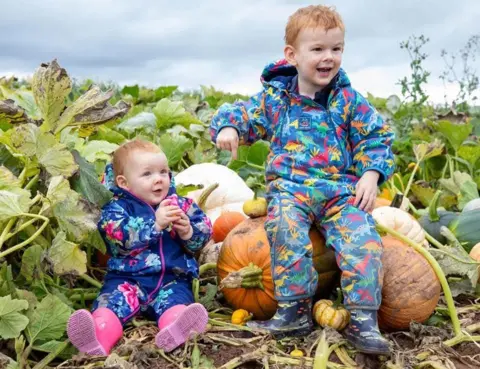 BBC/Andy Owens
BBC/Andy OwensThe season’s popularity has also allowed other businesses, such as farming, to diversify.
The Halloween pumpkin patch has more than doubled at Andy Owens’ farm in Herefordshire after the sheep and crop farmer set it up in 2021.
“Pumpkins for us only use a small amount of land, but generate income in October in what can be a volatile month.
“It’s snowballed. When we set up only four years ago, there were only two others in the county. Now there are many more.”
He charges £5 per person and after initial growth, visitor numbers are up around 10% so far in 2025 compared with last year.
“We’re told the economy isn’t doing well, but families still want a day out and we see that they still have money for pumpkins,” he says.
Owens’ five-acre pumpkin patch expanded last year to include a horror maze that employs local actors.
“Halloween in this country has grown massively. When I was growing up there was barely trick-or-treating, there was just The Simpsons Halloween special [on TV]. Now it’s everywhere,” he says

